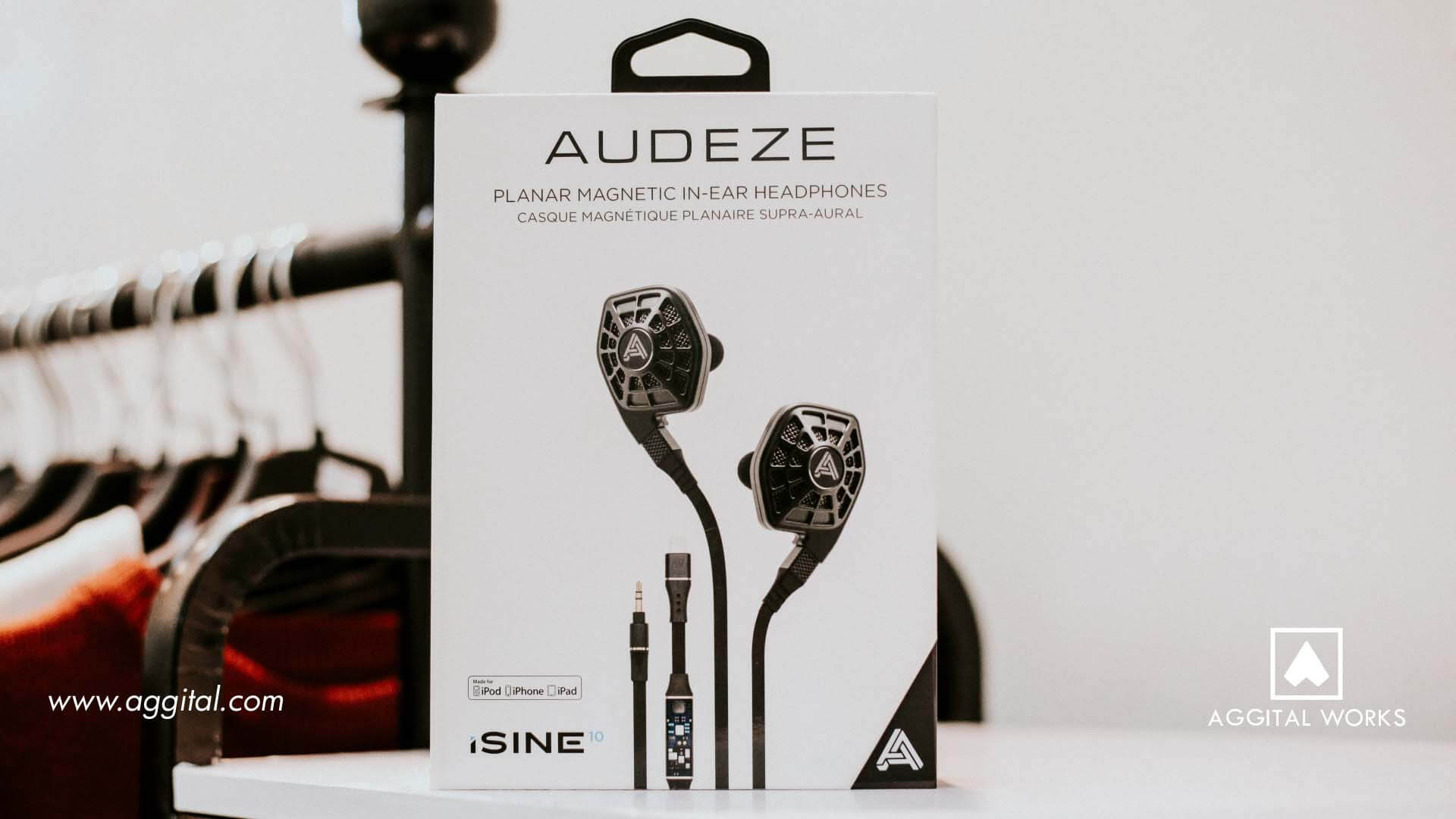Considering Product Packaging? Look Out For These Factors

Last week Wednesday, we talked about what makes product packaging so important. If you read it, it would be nice to take this article in too.
A lot of start-ups make the mistake of focusing on the product alone while neglecting the packaging. We mentioned last week that packaging is a part of your brand and it’s actually what attracts a lot of buyers.
Not only does the right packaging get you more buyers, it helps your product get to its destination safely.
So, packaging is not a case of coming up with something you think looks great. Actually, planning your packaging is worth spending a lot on because it completes your business chain.
While you are thinking of the best way to make your product sell through packaging, consider these few factors;
Consider Space
Your product would not be sold in your house, it’s going out to various stores where a lot of other products are going. In this case, you have to consider the space that would be allocated to your product. Packaging that takes too much shelf space, that’s too bulky and has a wrong shape would likely turn off any buyer.

On the shelf of every store, every centimetre square matters. You may like it to be horizontal but the buyer prefers it vertical. If you’d like to know what your product looks like a store shelf, you can try it. This could help you determine what shape goes best.
In addition, let your packaging be light and compact. Everything you do should be centred on maximizing product value and appeal as well as minimising the storage requirements and transport costs. You could meet a professional designer to help you achieve this.
Packaging Material
Depending on your product, you need to consider durability, functionality, cost and also the environment. If you’re packaging a food product, you have to follow strict regulations on packaging for sterility and shelf life. Based on your product, you can decide to use glass or plastic. Glass, of course, would make it appear more magnificent while bottle could be a safer option.
Looking from the perspective of cleanliness, glass sometimes has an advantage over plastic. This because an element of plastic goes into the liquid and from an environmental point of view, glass is much easier to recycle than plastic. Also, glass has up to two years shelf life compared with the six months shelf life of plastics.
Here’s a bummer, glass is more expensive to use and also to transport.

Supply Chain
If you have products to sell in a rural area, you should use resilient packages. How your product is safely transferred, stored and distributed is as important as the design itself. Consider the gallops, dust, temperature, vibration and every other hurdle your product is about to overcome.
The truth is it costs more to replace your damaged goods than to pay for complete and adequate packaging from the beginning. Persevering the value of your product should be planned right from the outset.
Your Target Market
Your product can’t be for everyone. You risk selling to no one if you try appealing to everyone. Once you identify your market, make sure your packaging talks directly to them throughout their purchasing journey.
Recycling
Some customers make purchase decisions due to packaging that shows a brand’s contribution to the environment. If your packaging is recyclable or reusable, consumers would choose your brand over your competitor’s.
Finally, it’s not enough to look at your packaging from your point of view, consider it from a consumer’s point of view. How will it add value to your customers? Will it build loyalty between yourself and your customers?
These are the questions you must answer. Think about how best it can turn out to be and how sustainable your decisions are.



Comment (01)